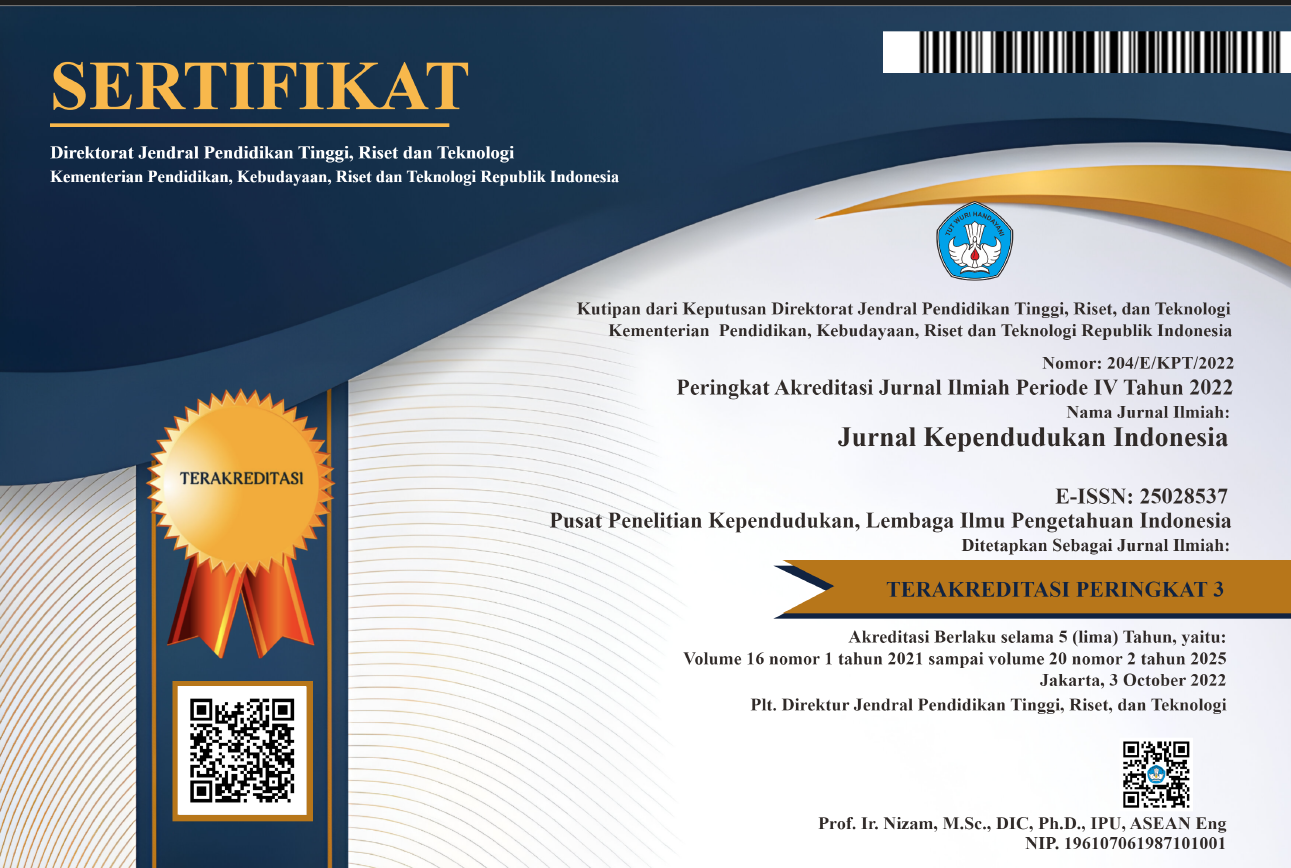The Effect of COVID-19 and Population Mobility on the Underemployment Rate in Indonesia
DOI:
https://doi.org/10.55981/jki.2023.2037Keywords:
Covid-19, population mobility, underemployment rateAbstract
Indonesia's underemployment rate experienced an incisive increase in 2020, increasing by 3.77 percent from the previous year. The increase in the underemployment rate is twice the increase in the unemployment rate. The number of people aged 15 years or more who experienced reduced working hours due to Covid-19 was nine times more than those who became unemployed. This research was conducted to analyze the effect of Covid-19 cases and population mobility on the underemployment rate in Indonesia. The method used in this research is panel data regression with the Feasible Generalized Least Square-Seemingly Unrelated Regression (FGLS-SUR). The results of the study show that population mobility, economic growth, minimum wage, education, and population have a significant negative effect on the underemployment rate, while the Covid-19 cases have a positive but not significant effect on the underemployment rate. This research focuses on the underemployment rate. There is still very little research on the underemployment rate, especially studies that investigate empirically why the underemployment rate increased so much during the Covid-19 pandemic. This study uses provincial-level panel data with a fixed effect model that allows us to analyze the individual effects of each province. Individual effects allow us to analyze how the underemployment rate changes when the variable under study is constant.
Downloads
Published
How to Cite
Issue
Section
License
Copyright (c) 2024 Khairunnissa Fadillah , Fitri Kartiasih

This work is licensed under a Creative Commons Attribution-ShareAlike 4.0 International License.

